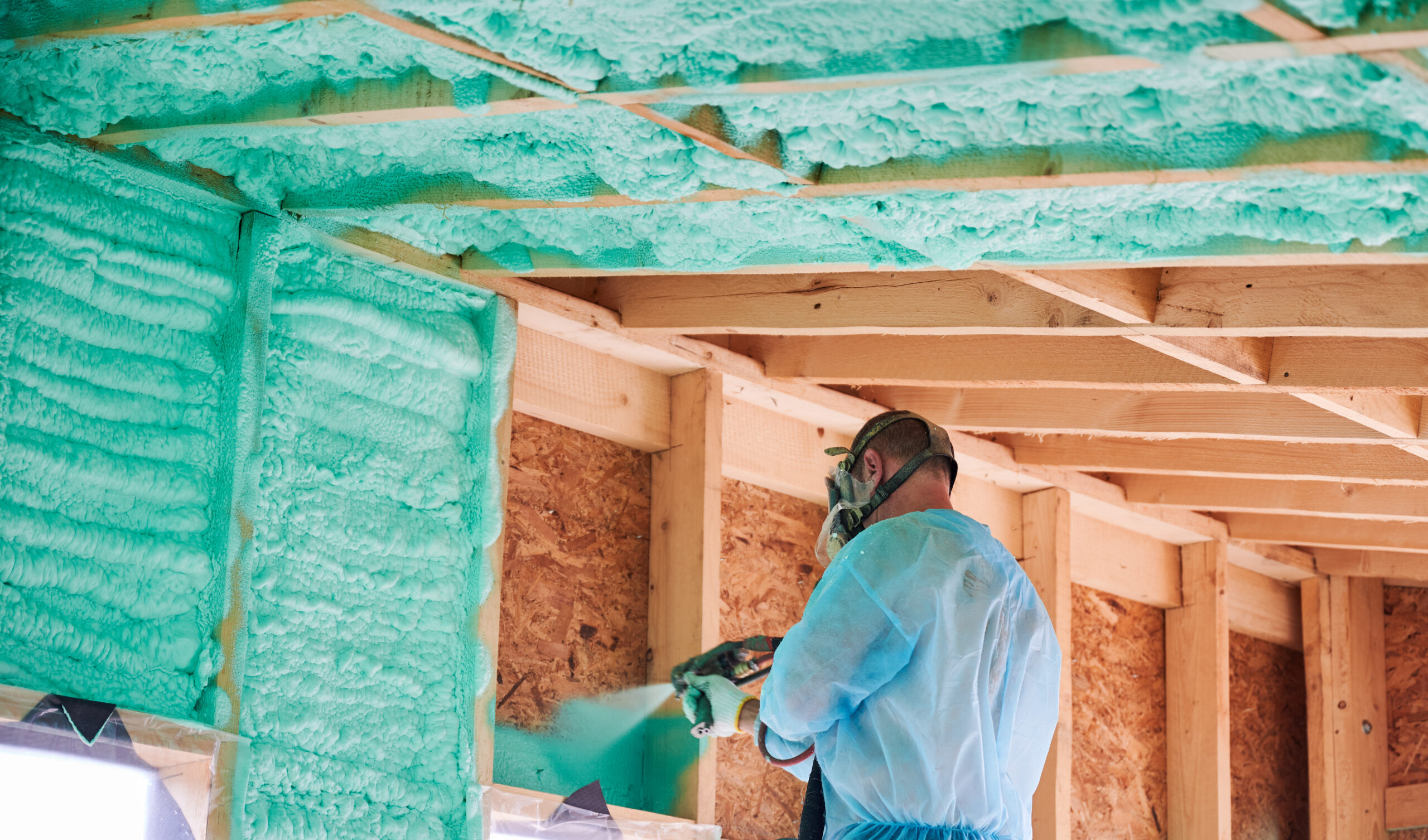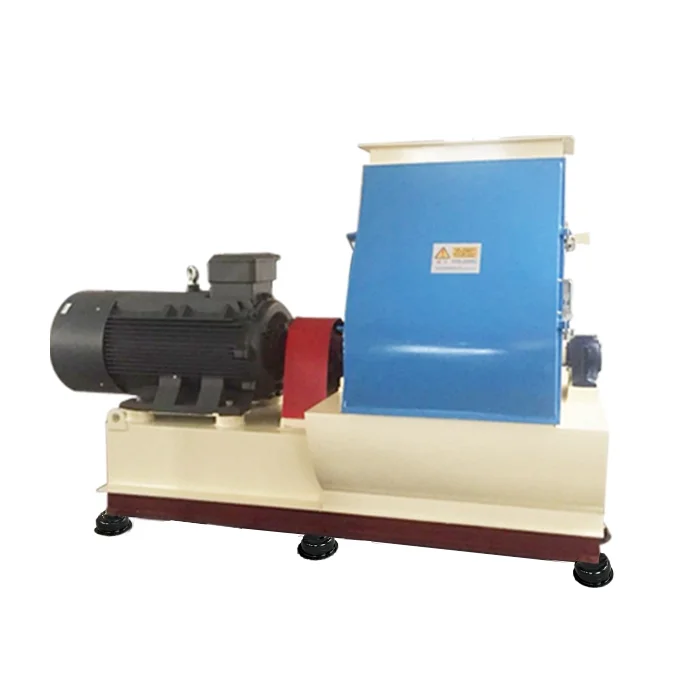
Male builder insulating wooden frame house. Man worker spraying polyurethane foam inside of future cottage, using plural component gun. Construction and insulation concept.
Insulation plays a crucial role in maintaining comfortable temperatures and energy efficiency in residential homes. With numerous insulation materials available in the market, it can be challenging to determine which one is the most widely used. In this comprehensive guide, we will delve into the top insulation options for residential homes, considering factors such as effectiveness, cost-efficiency, and environmental impact.
- Fiberglass Insulation:
Fiberglass insulation is one of the most commonly used types in residential homes. Composed of fine glass fibers, it offers excellent thermal performance and soundproofing capabilities. Fiberglass insulation is relatively affordable, easy to install, and widely available. Its versatility allows it to be used in various areas, including walls, attics, and floors. - Cellulose Insulation:
Cellulose insulation, made from recycled paper fibers treated with fire-retardant chemicals, is gaining popularity in residential homes. It offers exceptional thermal resistance and is an eco-friendly option. Cellulose insulation can be blown into wall cavities and attics, providing a seamless and efficient barrier against heat transfer. Its ability to reduce air leakage makes it an excellent choice for energy-conscious homeowners. - Spray Foam Insulation:
Spray foam insulation is a highly effective option for residential homes. It is composed of a mixture of polyurethane and other chemicals that expand upon application, creating an airtight seal. Spray foam insulation provides superior thermal resistance, minimizes air leakage, and offers excellent soundproofing capabilities. However, it is relatively more expensive and requires professional installation. - Mineral Wool Insulation:
Mineral wool insulation, made from natural or recycled materials such as rock or slag, is known for its exceptional fire resistance and sound absorption properties. It is available in both batt and loose-fill forms, making it suitable for various applications. Mineral wool insulation is durable, moisture-resistant, and provides excellent thermal performance, making it a popular choice for residential homes. - Reflective Insulation:
Reflective insulation, often used in combination with other insulation materials, is designed to reflect radiant heat. It consists of a reflective surface, such as aluminum foil, laminated to a substrate material. Reflective insulation is commonly used in attics, roofs, and crawl spaces to reduce heat gain during hot summers. It is cost-effective, easy to install, and enhances the overall energy efficiency of a home.
Conclusion:
When it comes to insulation in residential homes, several options are widely used. Fiberglass insulation, cellulose insulation, spray foam insulation, mineral wool insulation, and reflective insulation all offer unique benefits and are suitable for different applications. Consider factors such as thermal performance, cost, environmental impact, and specific requirements when selecting the most appropriate insulation for your home. Consulting with a professional insulation contractor can help ensure optimal results and energy efficiency.

